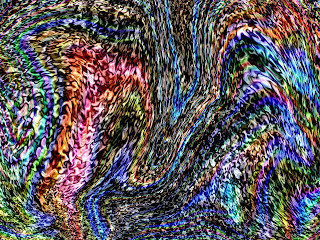Logic in Problem-Solving
The nonlinear problem-solving logic comes through different characteristics such as hyper-diversity, volatility, ambiguity, unpredictability, and increased flux.
 Many of today’s problems are complex; logic is perhaps the very clue hidden in varying circumstances, and the abstract across disciplinary domains horizontally for systematic problem-solving.
Many of today’s problems are complex; logic is perhaps the very clue hidden in varying circumstances, and the abstract across disciplinary domains horizontally for systematic problem-solving. Applied logic involves both general questions regarding the evaluation of reasoning and specific applications with their associated problems. Here are the fields that can leverage logic for problem-solving:
Empirical Sciences: The quest for theoretical self-awareness in empirical sciences has led to interest in methodological and foundational problems, with logic playing an important role.
Social Sciences: Many empirical sciences, especially the social sciences, use mathematical tools from probability theory and statistics, along with related areas like decision theory and game theory.
Reasoning: Reasoning consists of deriving inferences or conclusions from premises by applying logical rules or laws. Psychologists and philosophers distinguish between deduction and induction in reasoning. Many aspects of problem-solving involve inductive reasoning. Modern inductive logic has made a beginning in studying the foundations of these fields.
Artistic Logic -New Media and Techniques for solving problems artistically: Technology has significantly influenced logic through new media, computational aesthetics, and the expansion of audience reach. However, ethical concerns, data privacy, and originality issues have emerged.
-Digital Art with logical patterns embedded: Artists use computers to create drawings, manipulate photographs, and generate light patterns on screens through magnetic interference and sound-wave oscillations.
-Holograms: Artists explore linear holograms to display all sides of an object using superimposed light images.
-Film and animation with logical narratives: Filmmakers and painters have expanded art through surrealist films, filmed ballets, and hand-painted abstract animations.
-Language as medium with logical threads: Conceptual artists use words in neon or LED lights as art.
-Computational aesthetic formula: Aesthetic measures. Early attempts to quantify aesthetics involved formulas like.
The nonlinear problem-solving logic comes through different characteristics such as hyper-diversity, volatility, ambiguity, unpredictability, and increased flux. In many cases, there is more than one way to solve problems. Make a deep analysis, take the identification of the facts and root cause and mold into a solution based on the objectives and other extenuating circumstances.
Follow us at: @Pearl_Zhu


